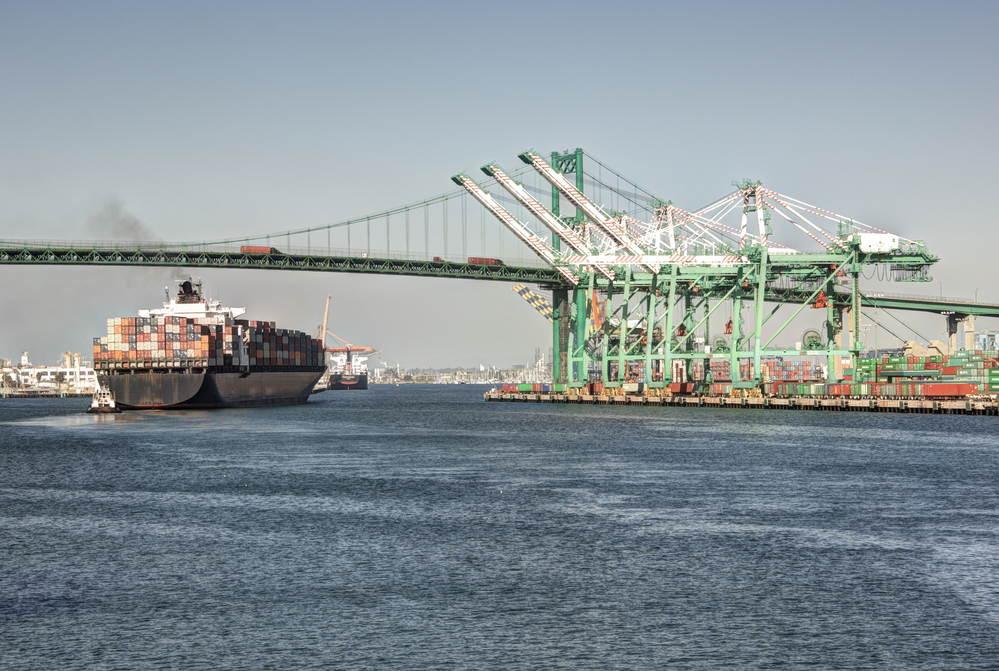
As a bustling transportation hub, Chicago’s rail yards have long been essential for the efficient movement of goods and materials across the United States. But in recent years congestion, delays, and equipment shortages have plagued the city’s rail system, posing challenges for businesses, consumers, and the supply chain at large—the effects of which have been felt throughout the region and beyond.
-
- Understanding the Challenges:
- Congestion: Chicago’s rail yards, serving as a critical intersection for numerous rail lines, face substantial congestion due to the sheer volume of freight traffic passing through the city. The convergence of East Coast and West Coast routes results in a bottleneck effect, causing delays and inefficiencies in the movement of goods.
- Delays: The congestion in Chicago’s rail yards often leads to delays in train departures and arrivals. These delays cause ripple effects throughout the supply chain, affecting delivery schedules, inventory management, and causing headaches for everyone along the line. These impacts are felt not only locally but also across the country.
- Lack of Equipment: Another contributing factor to the challenges faced by Chicago’s rail yards is the lack of sufficient equipment, such as railcars, chassis, and available space to meet the fluctuating demand. As the economy expands and freight volumes increase, the shortage of equipment exacerbates congestion issues and further delays the movement of goods.
- Identifying Causes and Solutions:
- Infrastructure Investment: One primary cause of congestion and delays is the need for significant infrastructure improvements. Upgrading and expanding rail lines, improving intermodal connections, and implementing advanced signaling systems can enhance the capacity and efficiency of Chicago’s rail yards.
- Collaboration and Planning: Collaboration among rail companies, government entities, and stakeholders is key to effectively address congestion issues. By working together, it is possible to develop comprehensive plans for optimizing rail operations, maintaining adequate staffing levels, and reducing bottlenecks in the system. Better coordination can lead to reduced wait times and more efficient use of resources.
- Enhanced Equipment Availability: Rail companies must invest in acquiring and maintaining an adequate fleet of railcars and locomotives. Proactive measures, such as fleet management optimization, strategic partnerships, and increased equipment manufacturing, can help alleviate the equipment shortage issue. Additionally, exploring alternative transportation modes, such as intermodal facilities, can provide flexibility and alleviate strain on rail yards.
- Embracing Technological Advancements:
- Digital Solutions: Adopting digital technologies, such as advanced data analytics, Internet of Things (IoT) sensors, and predictive maintenance systems, can optimize operations and enhance the overall efficiency of Chicago’s rail yards. Real-time insights on train movements, equipment performance, and congestion patterns can enable proactive decision-making, minimizing delays, and improving resource allocation.
- Automation and Robotics: Introducing automation and robotics into rail yard operations can boost efficiency, reduce human error, and make up for staffing pitfalls. Automated systems for sorting, loading, and unloading cargo can speed up processes, while robotics can assist with maintenance and inspection tasks, ensuring equipment is in optimal condition.
- Understanding the Challenges:
Conclusion:
Addressing the challenges of congestion, delays, and equipment shortages in Chicago’s rail yards requires a multifaceted approach involving infrastructure investments, collaboration among stakeholders, and the integration of technological advancements. By investing in modernizing infrastructure, optimizing operations, and embracing digital solutions, the Chicago hub can unlock greater efficiency and ensure the smooth flow of goods throughout the city and the country. A proactive approach and sustained efforts will pave the way for a resilient and robust rail system, supporting economic growth and meeting the evolving needs of a rapidly growing industry.





